My ongoing photography project consists of documenting historic, architecturally significant, southeastern theaters which were built in the late 1800’s and early 1900’s; experienced great popularity up until the middle of the century; and have been restored for their “second act”. Unlike the mega-theaters of today, experiencing a performance or movie in one of these theaters is an intimate experience reminiscent of the past. My goal is to evoke that feeling in the photographs and create an awareness of the importance of restoration of these historic edifices.
In the early 1900’s, theaters and opera houses were ornate edifices built to impress, but by the 1960’s television and suburban theaters took the place of these magnificent movie palaces. Many of them fell into disrepair and closed their doors, but some have been rescued and restored to their former glory and are now vibrant centers for performing arts as well as movies
My interest in the historic theaters was fueled by my background in interior design and love of architecture. My project began when I photographed the interior of the Fabulous Fox Theatre in Atlanta, followed by the Tivoli Theatre in Chattanooga, Tennessee; the Grand Opera House and the Douglass Theater in Macon, Georgia; the Springer Opera House in Columbus, Georgia; and the Lucas Theatre in Savannah, Georgia. -Myrtie Cope
Fox Theatre, Atlanta, Georgia
Built in 1928, the Fox was originally to be used as the home for the Atlanta Shriners., but due to the financial responsibility of the theater, the Shriners leased the Fox to William Fox, movie theater mogul, before it even opened. The Shriners had conceived the mosque-like architectural style inspired by the Alhambra in Spain and the Temple of Karnak in Egypt.
The Fox thrived as a movie theater until the 1930’s when the depression led to financial troubles and bankruptcy. Purchased by a private company, the Fox survived until 1974 when it closed its doors. Atlantans banded together to donate money to “Save the Fox” and it reopened in 1975 after an extensive renovation, bringing it back to much of the original design. The Fox continues to be considered one of the best theaters in the U.S. and was recently given the distinction of one the “Best Big Rooms in America” by Rolling Stone Magazine.
Tivoli Theatre, Chattanooga,Tennessee
The Tivoli Theatre, known as the Jewel of the South, opened to great fanfare in 1921. Silent movies and symphony performances were performed all day long on opening day. The Beaux Arts architectural style of the Tivoli included rose and gold coffered ceilings, terrazzo floors and crystal chandeliers. The Tivoli fate is similar to that of the Fox, with the introduction of suburban movie theaters contributing to the decline and final movie being shown in 1961. The theater was reopened in 1963 after being leased by Chattanooga as the cultural arts center, then was purchased by Chattanooga and renovated and opened again in 1989. Now home to numerous live shows, the Tivoli continues to offer a beautiful venue for performances.
Grand Opera House, Macon, Georgia
In 1884, the Grand opened as the Academy of Music with live performances on stage, but less than 20 years later, it was deemed obsolete and the group of businessmen who owned it made plans to completely remodel the theater. The greatly expanded and modernized theater was reopened in 1905 with an opening performance of Ben Hur, complete with a chariot race and real horses!
The Grand continued to play host to the popular performers of the day, but struggled with the competition of the silver screen. The last hurrah was in 1945, when the world premiere of “God is my Co-Pilot” was hosted. Local resident and WWII hero, Robert L. Scott, was the subject of the movie and Macon residents showed up for the premiere. By 1966, the theater had fallen victim to poor attendance and the competition of suburban movie houses, and faced demolition. The newly formed Macon Arts Council raised the money for repairs and the theater reopened in 1970.
In 1995, Mercer University took over management of the theater and it has played host to hometown performers like Jason Aldean, Travis Tritt and the late Greg Allman, among others. Additional improvements were made in 1917 & 1918, and the Grand Opera House continues to be an exceptional place for all types of performances.
The Douglass Theater, Macon, Georgia
Even though many improvements were made to the Grand Opera House, one part of the theater has not been updated and that is the Jim Crow balcony. The steepness of the balcony makes the renovation very difficult, but future plans are to make it usable. Interestingly, another theater was built in Macon by a prominent African American businessman to meet the entertainment opportunities for black performers. The Douglass Theater was built in 1911 and hosted black performers like Bessie Smith and Ma Rainey and later in their history, Otis Redding, James Brown and Little Richard.
After closing in 1975, it was renovated and reopened in 1997, and now serves all races and cultures with events, films and performances. It even served as a location in the TV series, Watchmen in 2020.
Springer Opera House, Columbus, Georgia
As the oldest theatre in this portfolio, the Springer brings history and culture from its second balcony to the saloon on the lower level of the theatre. Built in 1871 by businessman F. J. Springer, the theater attracted the most famous actors and performers of the time including Columbus native, Ma Rainey. A renovation in 1900 expanded seating to a capacity of 1000, but when movie pictures were invented, interest in stage performances started to decline and eventually, the Springer fell into disrepair. A group of Columbus volunteers raised money and awareness to save it from the wrecking ball and bring the Springer back to its original glory.
President Jimmy Carter named the Springer Opera House as the State Theatre of Georgia in its 100th Anniversary season and the legislature made it permanent in 1992. A visit to the theater is like walking into a museum displaying not just artifacts from the theatre’s history, but furniture and paintings from the history of Columbus.
Lucas Theatre, Savannah, Georgia
Arthur Lucas, the owner of the Lucas Theater, was involved with the development and the operation of numerous theaters in the South. His namesake Lucas Theatre opened its doors in 1921 even though much work on the ornamentation of the theater had not been completed. The opulent theatre screened silent movies starring Buster Keaton and Rudolph Valentino at the premiere and obtained rave reviews as the most elegant movie theater in Savannah. Work was completed and then in 1926, Lucas added air-conditioning – the first public building in Savannah to have this feature. Advertisements in the local paper encouraged attendance to movies where the attendees could be cool and comfortable.
The Lucas remained a popular place to go throughout the 30’s, but began to decline as the culture changed and in 1976, closed its doors. In just 3 days, the owners were requesting permission to demolish the theater to build a parking lot. Fortunately, the request was denied by the Historic Savannah Foundation, but it was not until 1987 that a nonprofit group was formed to restore the theater. It took 10 years and lots of fundraising to finally get started on the reconstruction. The final push for funds happened in 1997 when Clint Eastwood agreed to hold the wrap party for “Midnight in the Garden of Good and Evil” at the theater with ticket proceeds and an auction of some of the movie props benefiting the theater. In addition, a large contribution was made by Kevin Spacey, the star of the movie.
The grand reopening happened in December, 2000, almost 88 years since the first opening. Recognizing the importance of the Lucas Theatre to the arts and culture scene in Savannah, Savannah College of Art and Design entered into an registered nonprofit relationship to manage and support the theater. Today, performances of all types are held there including the Savannah Music Festival and the Savannah Film Festival.
BIO:
Myrtie Cope is an Atlanta photographer with a focus on architecture and nature. Ms. Cope completed the Summer Intensive and Advanced Intensive certificate program at Rocky Mountain School of Photography in 2018. She is pleased to have both architectural and nature photos in several private and public collections around Atlanta including the Hartsfield-Jackson Atlanta Airport, Emory University Hospital J-Wing Patient Tower, Broadstone Yards, the Huntley on Park Avenue, and the Asbury Cafe at Emory University Hospital.
Her ongoing project photographing historic theaters in the Southeast – “Second Act” -was exhibited at the Atlanta Photography Group Gallery in 2017 and she was interviewed on GPB’s City Lights about the project. Recent solo exhibitions include “My South” at A Novel Experience Bookstore, “The Poetry of Trees” at Smyrna Public Library Art Gallery, “Okefenokee” at Judie Jacobs Gallery, and “Pixels and Patchwork” at A Novel Experience. She has been juried into numerous group exhibitions at Atlanta Photography Group Gallery, SlowExposures, Photoplace Gallery, Southeast Center for Photography, SXSE Gallery and A. Smith Gallery.
Limited edition prints available through Spalding Nix Fine Art, Atlanta
Myrtie Cope Photography, mcopephoto@gmail.com, 678-521-7652
Nancy McCrary
Nancy is the Publisher and Founding Editor of South x Southeast photomagazine. She is also the Director of South x Southeast Workshops, and Director of South x Southeast Photogallery. She resides on her farm in Georgia with 4 hounds where she shoots only pictures.
1 Comment
Add comment Cancel reply
This site uses Akismet to reduce spam. Learn how your comment data is processed.


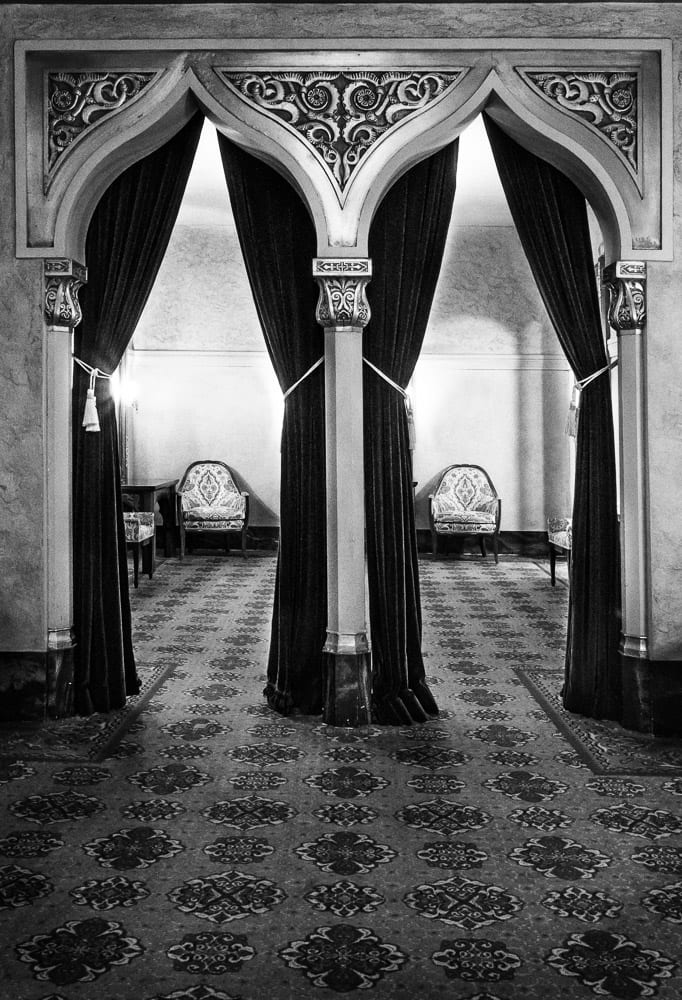
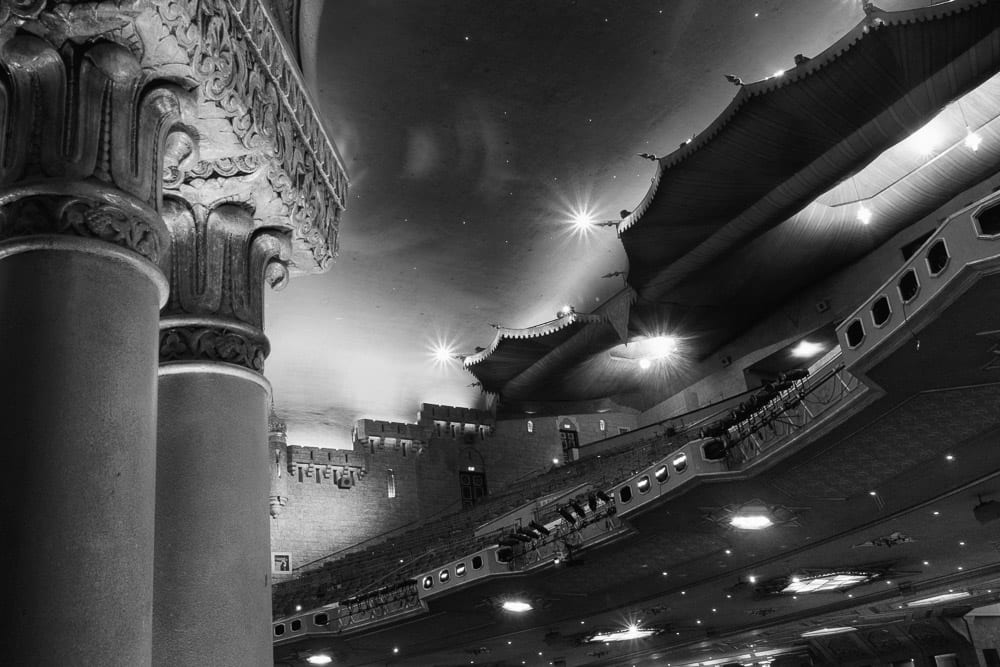
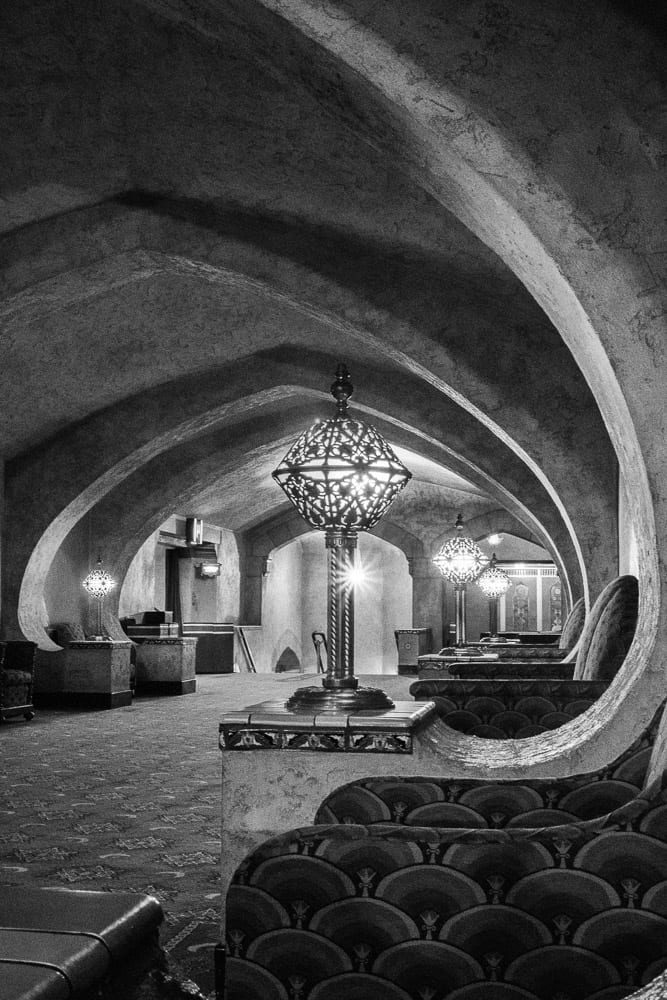
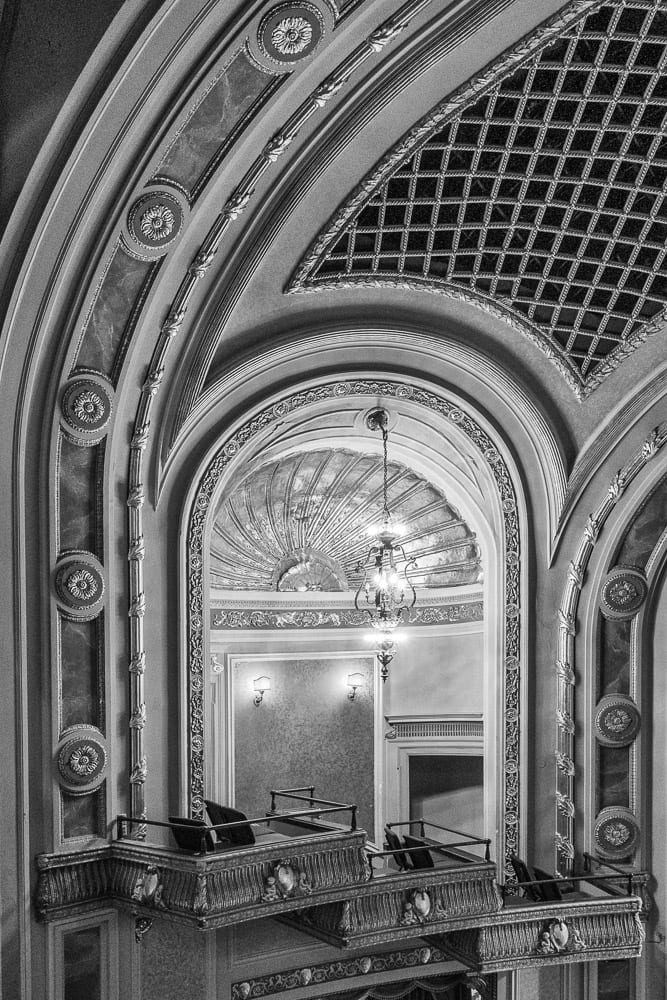
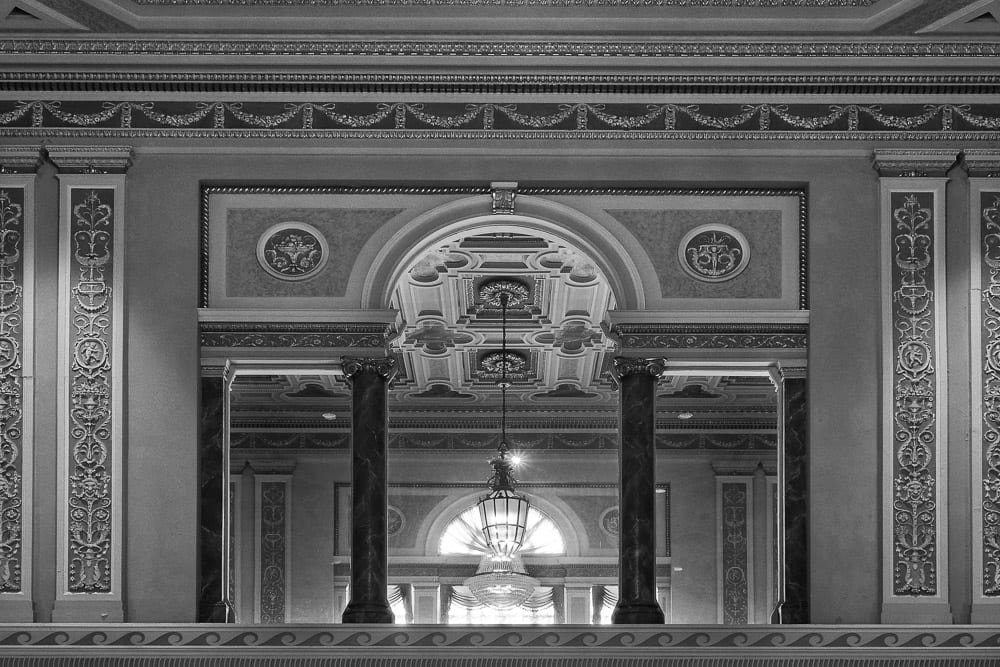
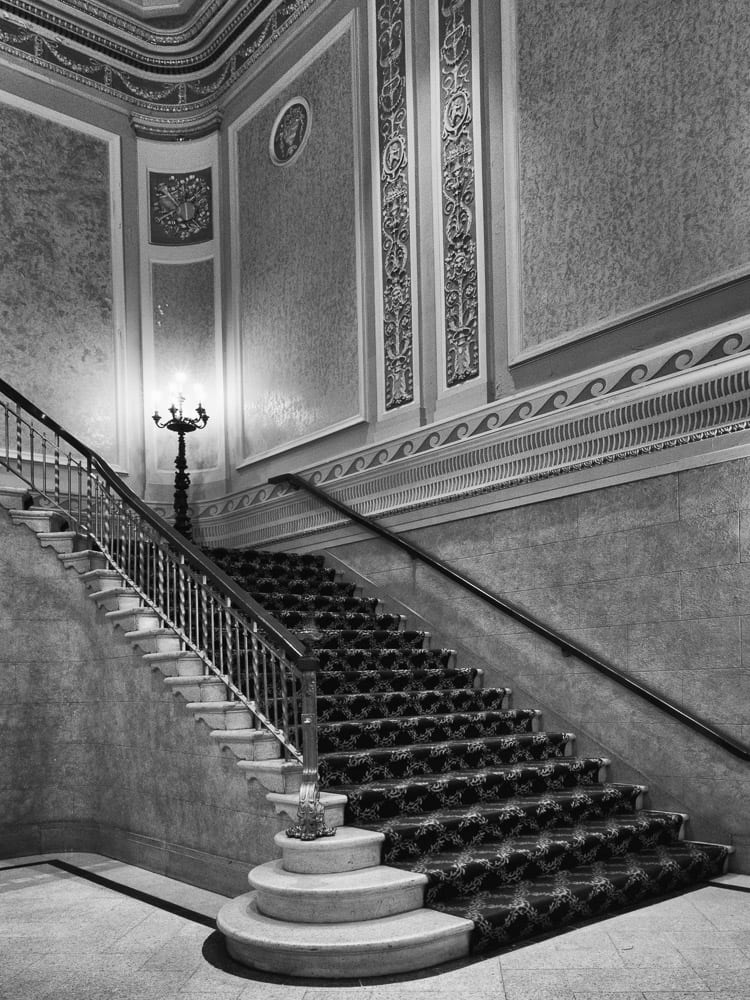
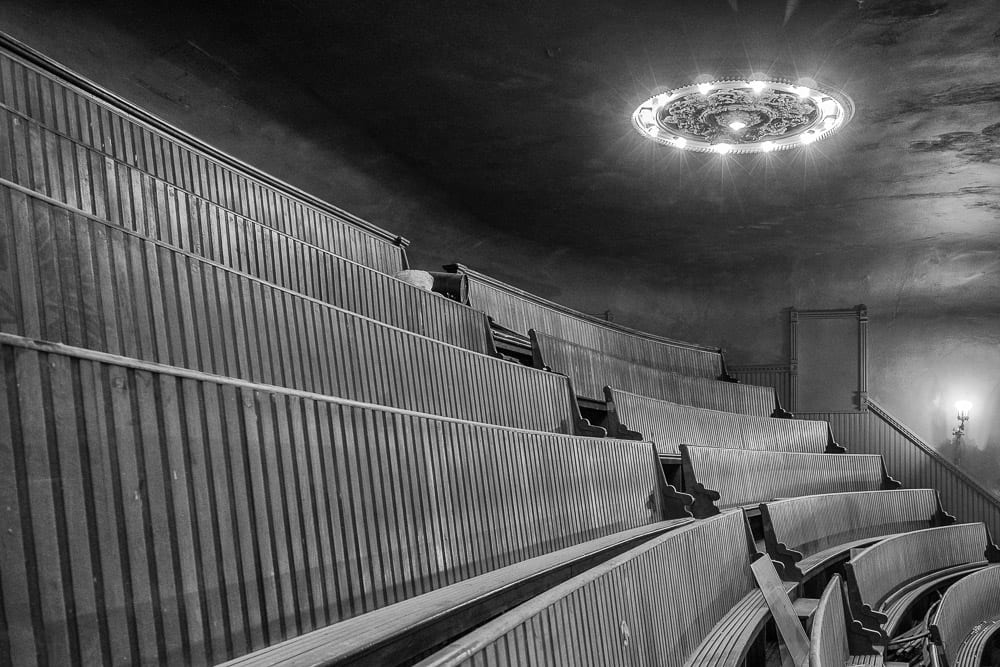
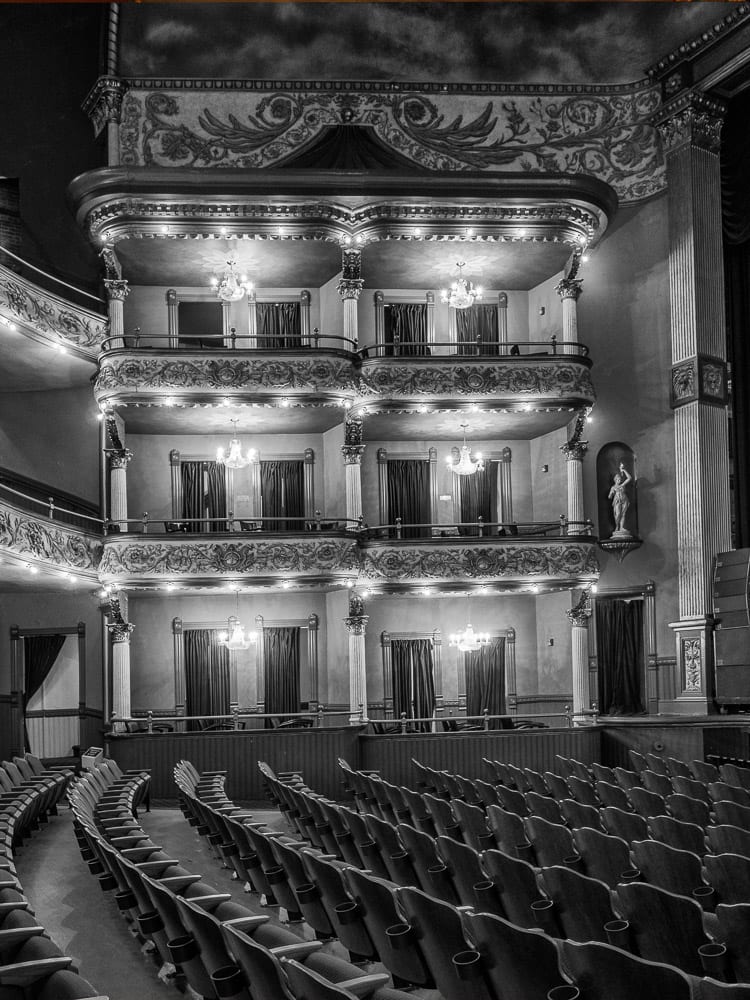
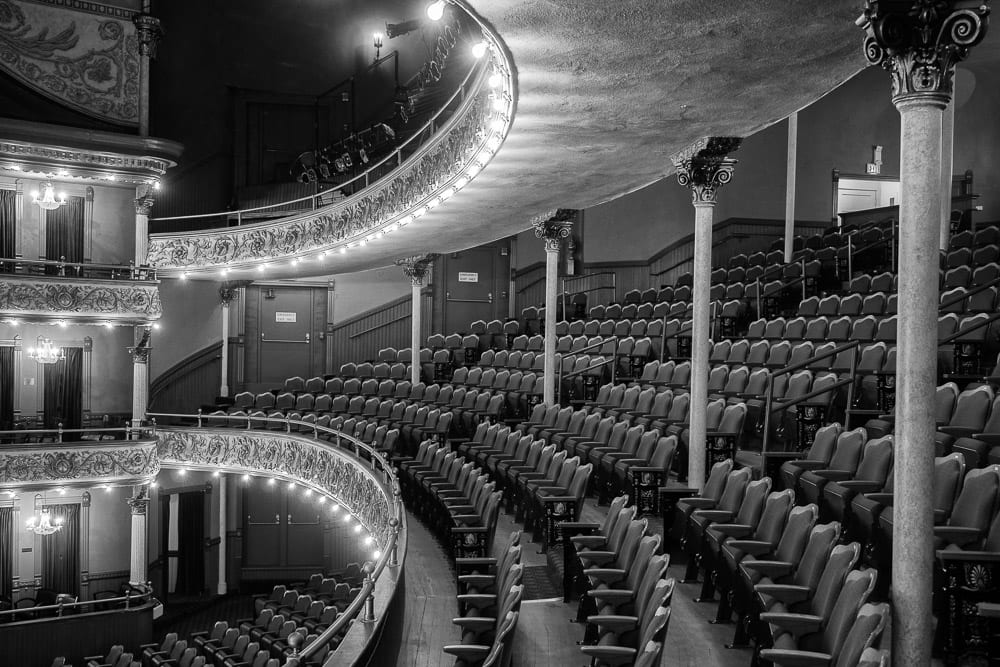
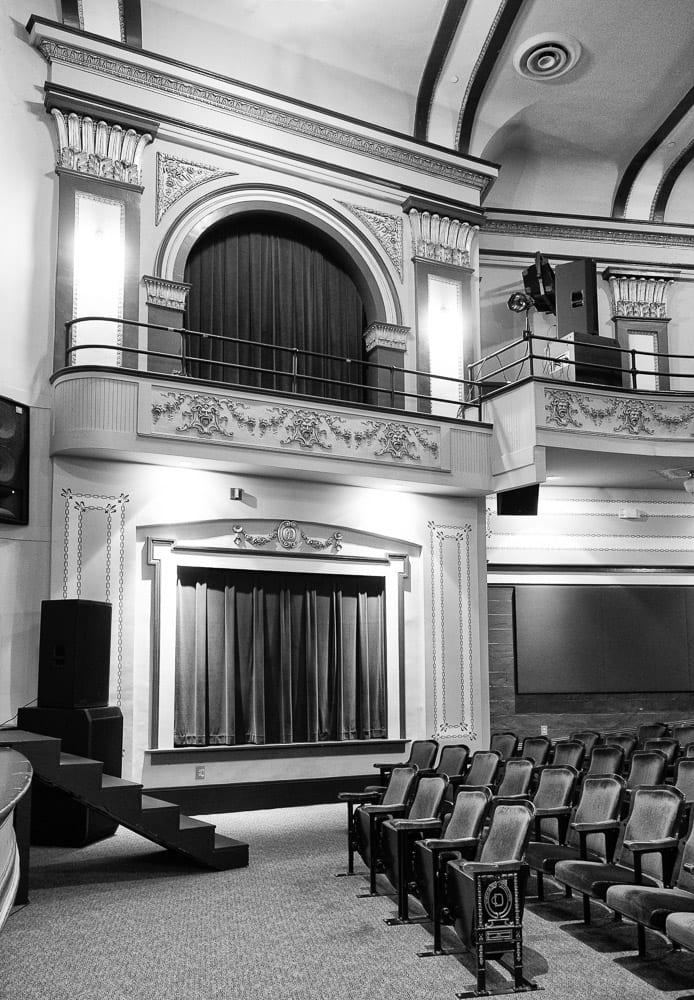

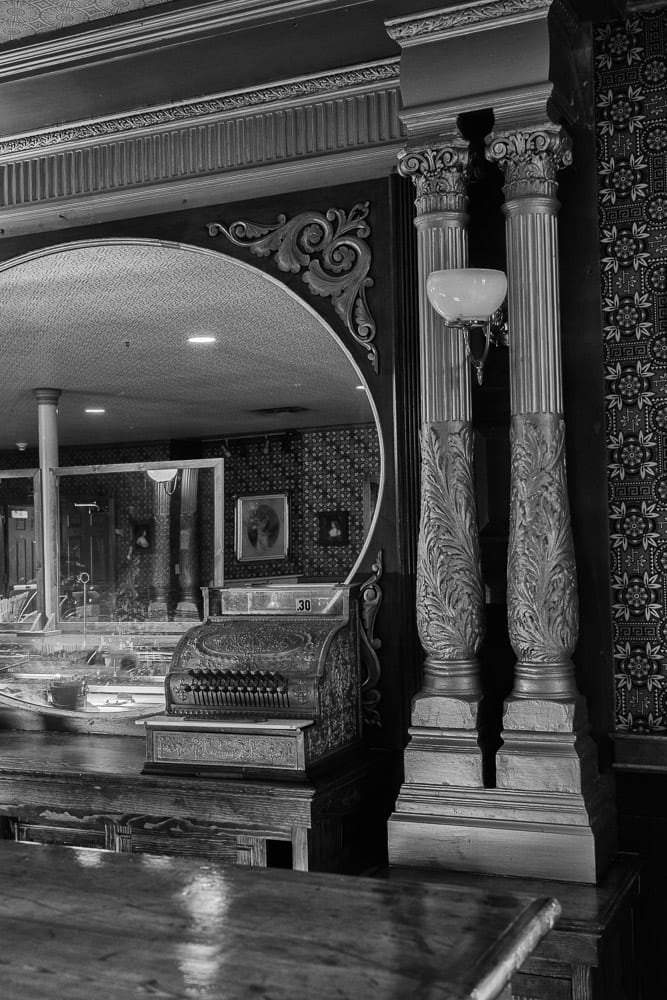
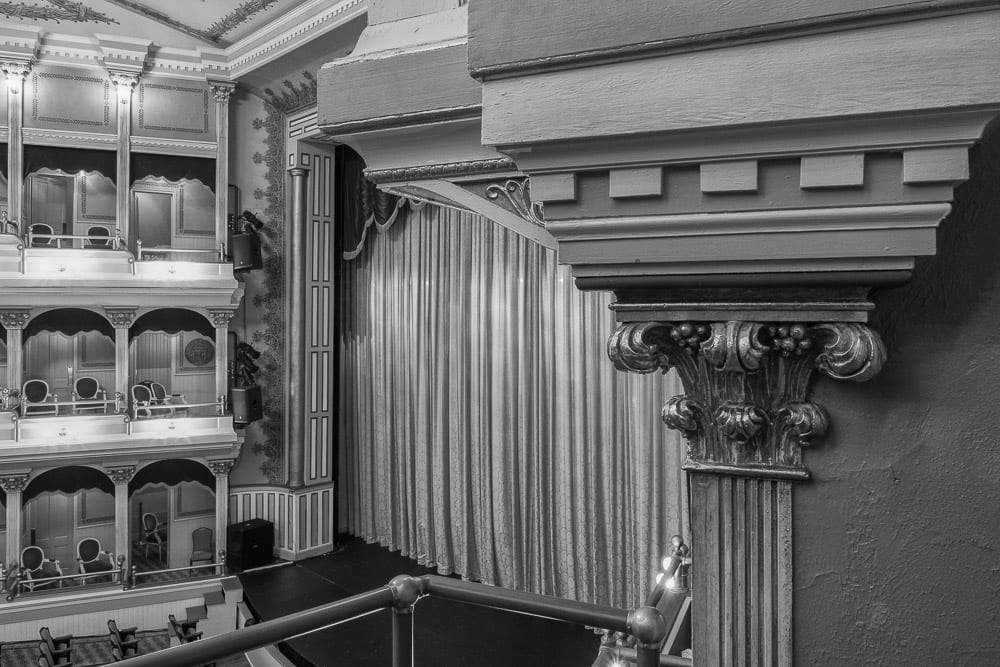
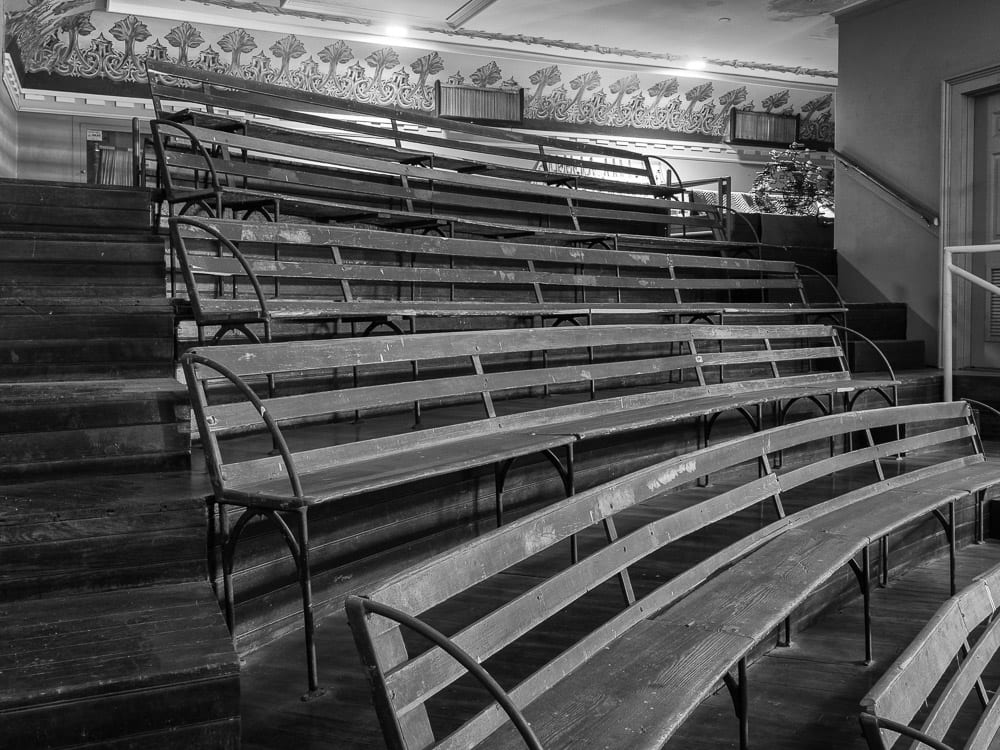
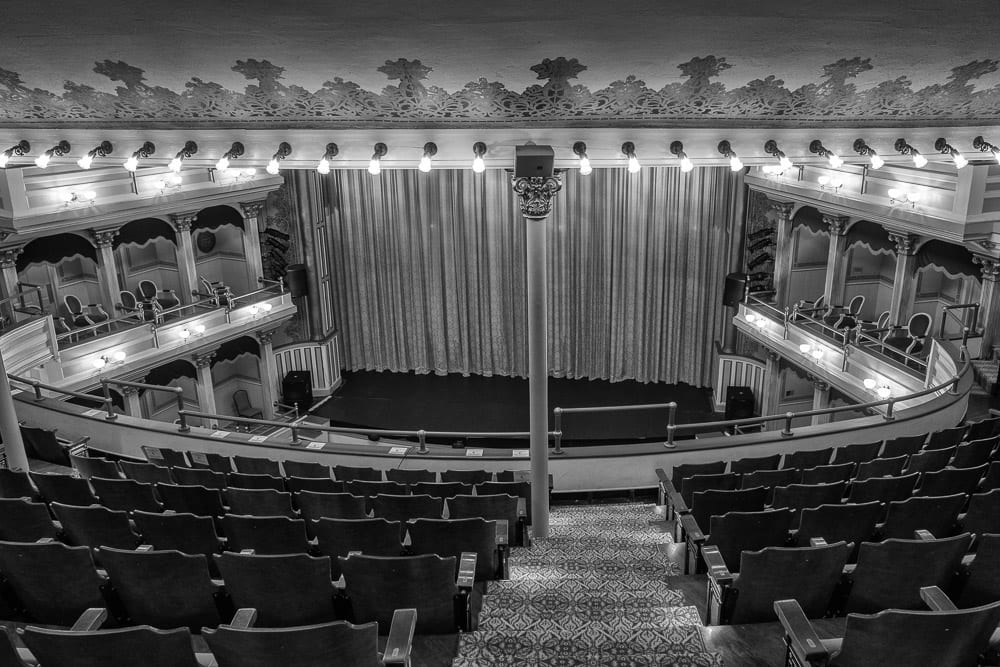
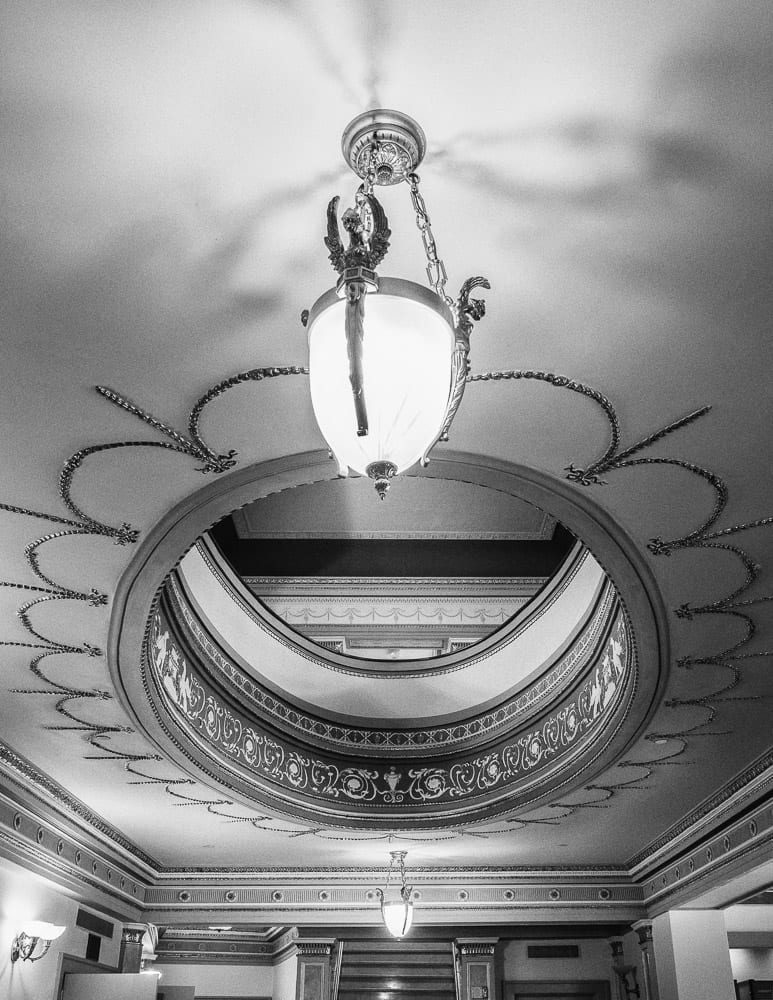
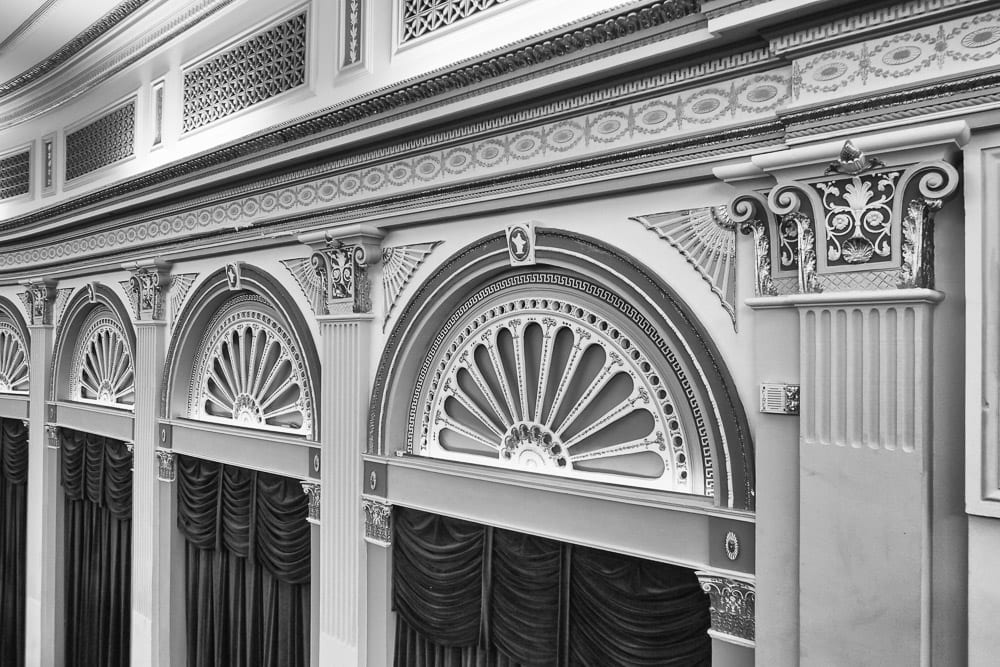
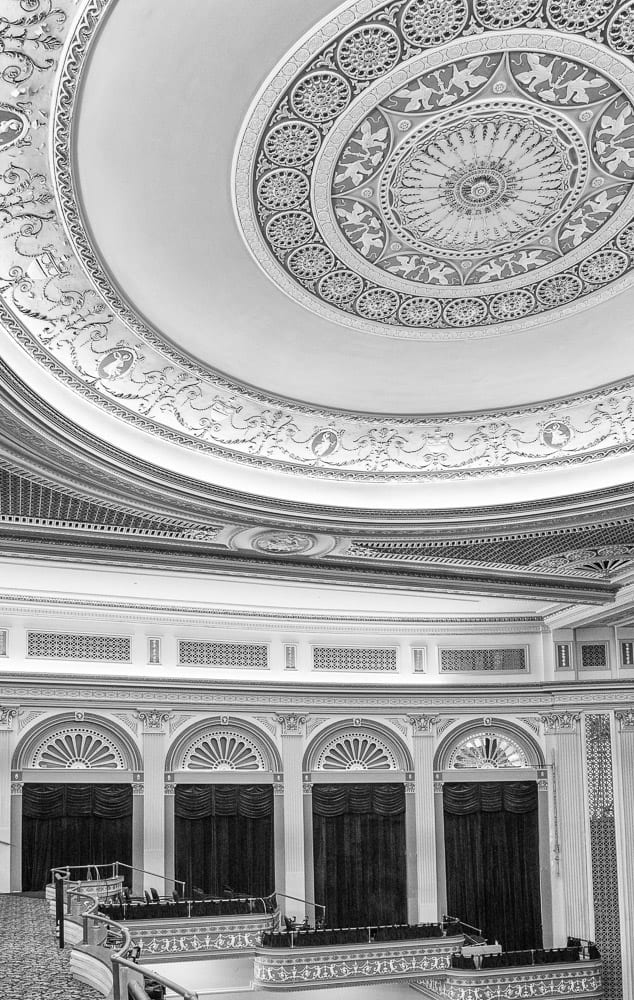
Excellent!
Fascinating.
Well done!